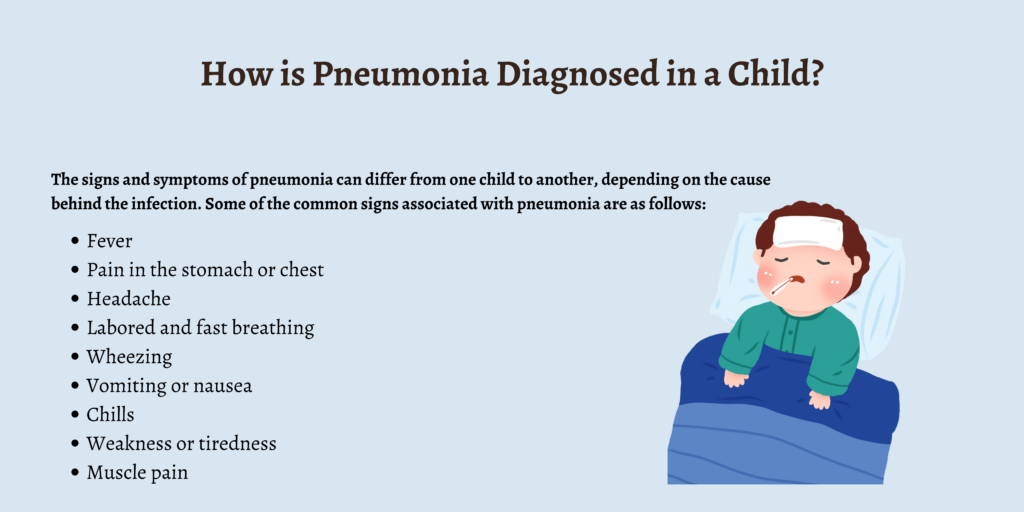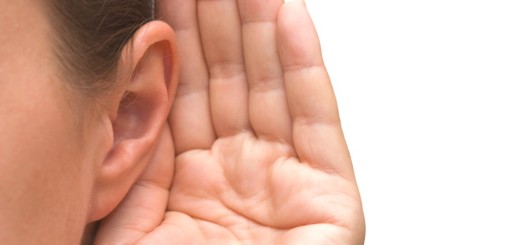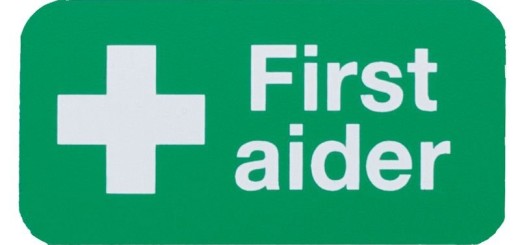Pneumonia in Children
Pneumonia is a lung infection caused by bacteria or a virus. Although the condition was once known to be dangerous, the children who get afflicted with pneumonia these days can recover through proper medical care and treatment.
Bacterial infections or viral upper respiratory tract infections are commonly seen during pneumonia. Bacteria can also begin to grow in the lungs if a viral infection continues to irritate the airway for a sufficiently long time, thereby weakening the child’s immune system and adding another infection to the initial one.
Since bacterial and viral infections are associated with most forms of pneumonia that spread from one individual to another, these mostly occur during early spring, winter, or fall because that’s when kids spend more time indoors and are close to other people.
What Causes Pneumonia in Children?
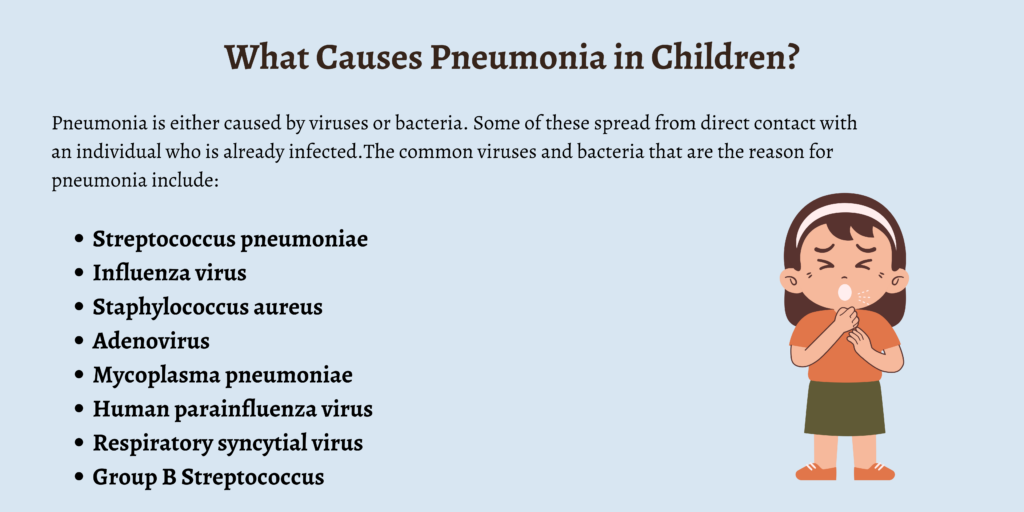
Pneumonia is either caused by viruses or bacteria. Some of these spread from direct contact with an individual who is already infected. The common viruses and bacteria that are the reason for pneumonia include:
- Streptococcus pneumoniae
- Influenza virus
- Staphylococcus aureus
- Adenovirus
- Mycoplasma pneumoniae
- Human parainfluenza virus
- Respiratory syncytial virus
- Group B Streptococcus
Which Children Are at Risk for Pneumonia?
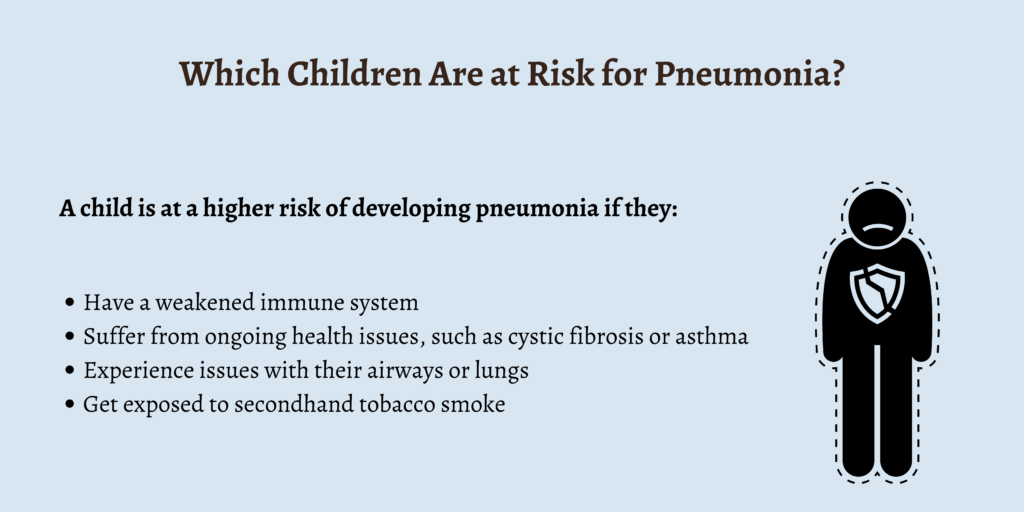
A child is at a higher risk of developing pneumonia if they:
- Have a weakened immune system
- Suffer from ongoing health issues, such as cystic fibrosis or asthma
- Experience issues with their airways or lungs
- Get exposed to secondhand tobacco smoke
Signs and Symptoms of Pneumonia in Children
The signs and symptoms of pneumonia can differ from one child to another, depending on the cause behind the infection. Some of the common signs associated with pneumonia are as follows:
- Fever
- Pain in the stomach or chest
- Headache
- Labored and fast breathing
- Wheezing
- Vomiting or nausea
- Chills
- Weakness or tiredness
- Muscle pain
The symptoms associated with pneumonia can often resemble other medical issues and conditions. Therefore, it’s imperative to consult with your child’s doctor to get a proper diagnosis.
First Aid for Pneumonia in Children
Once a child develops pneumonia, take them to a doctor to get the necessary diagnosis and treatment. In severe cases, it might be required to hospitalize them. However, the milder cases can be taken care of at home.
Here are some of the ways to look after children when they have pneumonia:
- If the doctor has prescribed antibiotics for your child, make sure to give it to them at the right time for the entire duration. Do not skip the medicines or stop giving them even if your child begins to feel better.
- Ensure to consult with your healthcare provider before giving any over-the-counter medicines to your child.
- Give them plenty of fluids so that they remain hydrated.
- See to it that they get plenty of rest and don’t get exposed to tobacco smoke or any other irritants in the air.
- If they have difficulty in breathing, take them to an emergency room immediately.
- Get a humidifier, as it can help moisten the air and enable your kid to breathe better.
How is Pneumonia Diagnosed in a Child?
Often a physical examination and looking at a child’s medical history is enough to diagnose pneumonia. However, in certain cases, a doctor could recommend the following tests:
- Blood tests
- Chest X-ray
- Chest CT scan
- Bronchoscopy (helps in viewing the interior of a person’s airways)
- Sputum culture (aids in diagnosing what is causing the infection in one’s lungs or airways)
- Pulse oximetry (measures the oxygen level in a person’s blood)
How is Pneumonia Treated in a Child?
While bacterial pneumonia is usually treated with antibiotics, there is no substantial treatment available for viral pneumonia, and it usually subsides on its own. Some of the treatment options that aid in easing the pneumonia symptoms are:
- Increase in fluid intake
- Following a proper diet
- Medicines for cough
- Getting a cool mist humidifier for the home
- Nebulizers
If the child has severe breathing issues, then the following treatment options could be administered:
- Oxygen therapy
- Oral or IV antibiotics
- IV fluids if the child is unable to consume any liquids
- Breathing treatments
- Suctioning of the mouth and nose to get the thick mucus out
Complications of Pneumonia in a Child
Listed below are a couple of the complications related to pneumonia in children:
- Breathing difficulties: Breathing in an adequate amount of oxygen could be difficult if a person has underlying lung problems or if the pneumonia is severe. In such cases, they may have to be hospitalized, and a ventilator will have to be used to let their lungs heal.
- Bacteremia: Bacteremia is when bacteria enter a person’s bloodstream from the lungs, causing the infection to spread to other organs as well.
- Lung abscess: A lung abscess occurs when there is a pus-filled cavity in a person’s lung.
- Pleural effusion: Pleural effusion refers to fluid buildup between the tissues that line the lungs and chest cavity. If the fluid gets infected, it might either have to be removed through surgery or drained using a chest tube.
When to Call a Child’s Healthcare Provider
A child’s healthcare provider should be contacted if the kid:
- Is less than six months old and has a body temperature of more than 100.4°F.
- Is more than six months old and has a body temperature of more than 102°F.
- Still has a fever even after consuming antibiotics for a couple of days.
- Has lips or fingernails that are gray or bluish.
- Is experiencing breathing issues or is breathing at a faster rate than usual.
How to Prevent Pneumonia in a Child
Here are some of the ways in which you can prevent your child from developing pneumonia:
- Keep them away from individuals who are sick and display symptoms of respiratory tract infections.
- Make sure they are given all the vital vaccinations.
- Pay attention and ensure they don’t share utensils, handkerchiefs, and facial tissues with others.
- Wash and sanitize their hands frequently, especially when you’re outside.
- Make your home a smoke-free environment.
- Thoroughly wash the surfaces that are touched by everyone at home, including doorknobs, tables, and toys.
FAQs
1. What is pneumonia?
Pneumonia is a lung infection that can occur due to a virus or bacteria.
2. What causes pneumonia?
Bacterial or viral infections are what cause pneumonia.
3. What are the signs and symptoms of pneumonia?
The signs and symptoms of pneumonia include cough, labored breathing, chest pain, and loss of appetite.
4. How is pneumonia diagnosed?
Pneumonia can be diagnosed through blood tests, chest X-rays, and CT scans.
5. How can pneumonia be treated?
The treatment for pneumonia often involves cough medicines, increased intake of fluids, and oxygen therapy.
Conclusion
Although natural defenses are often sufficient for children to fight against pneumonia, kids who have a compromised immune system often face the risk of developing this infection. The weakening of the immune system can occur due to undernourishment or malnutrition. This is especially evident in infants who are breastfed.
Therefore, in order to ensure that your child isn’t susceptible to pneumonia, make sure to keep them away from overcrowded and unsanitary places. It’s also vital to ensure that they receive proper nutrition and aren’t exposed to indoor pollution and parental smoking.

